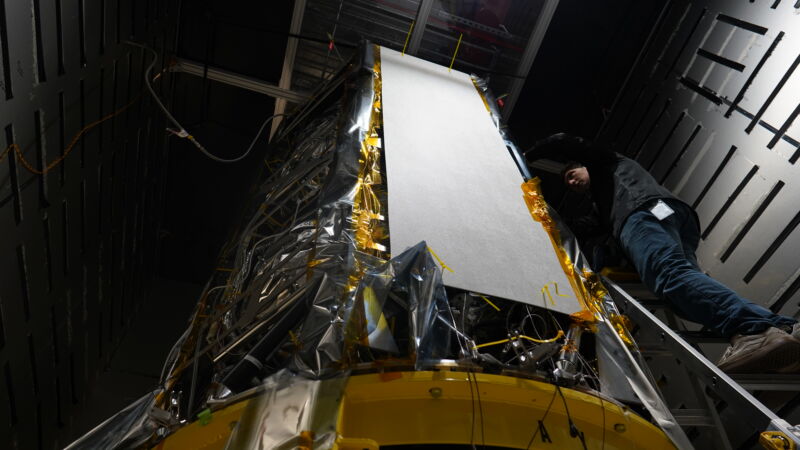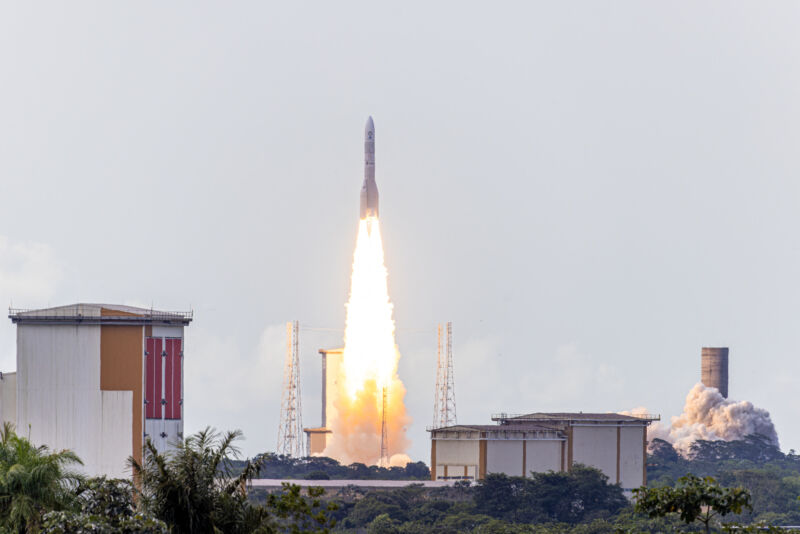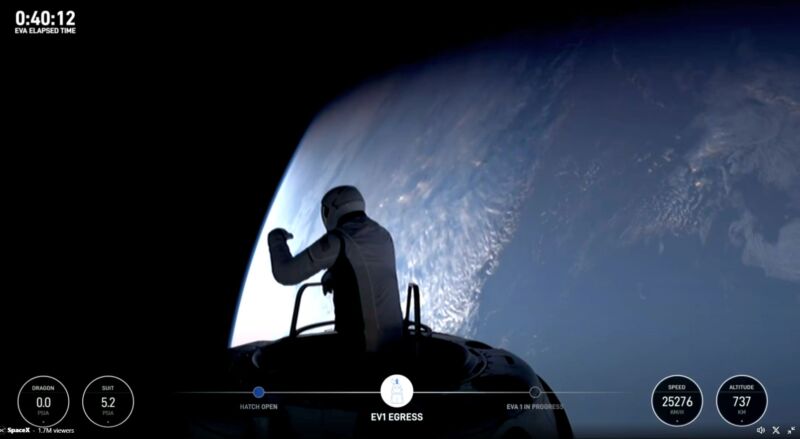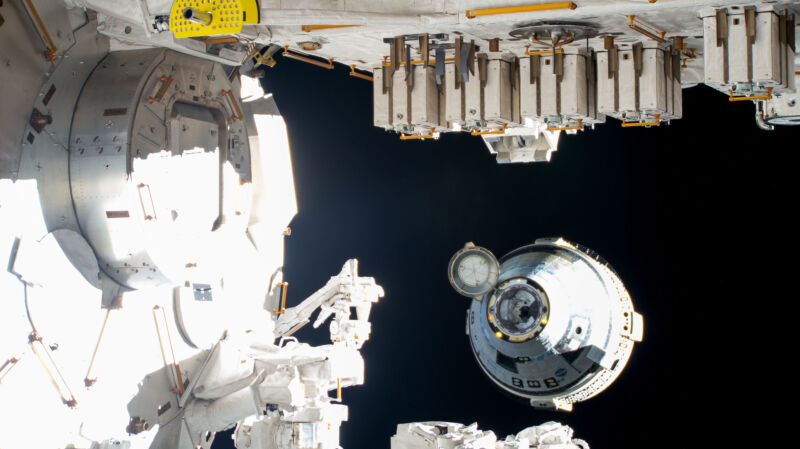One company appears to be thriving as part of NASA’s return to the Moon

Enlarge / The second Intuitive Machines lander is prepared for hot-fire testing this week. (credit: Intuitive Machines)
One of the miracles of the Apollo Moon landings is that they were televised, live, for all the world to see. This transparency diffused doubts about whether the lunar landings really happened and were watched by billions of people.
However, as remarkable a technical achievement as it was to broadcast from the Moon in 1969, the video was grainy and black and white. As NASA contemplates a return to the Moon as part of the Artemis program, it wants much higher resolution video and communications with its astronauts on the lunar surface.
To that end, NASA announced this week that it had awarded a contract to Houston-based Intuitive Machines for "lunar relay services." Essentially this means Intuitive Machines will be responsible for building a small constellation of satellites around the Moon that will beam data back to Earth from the lunar surface.







